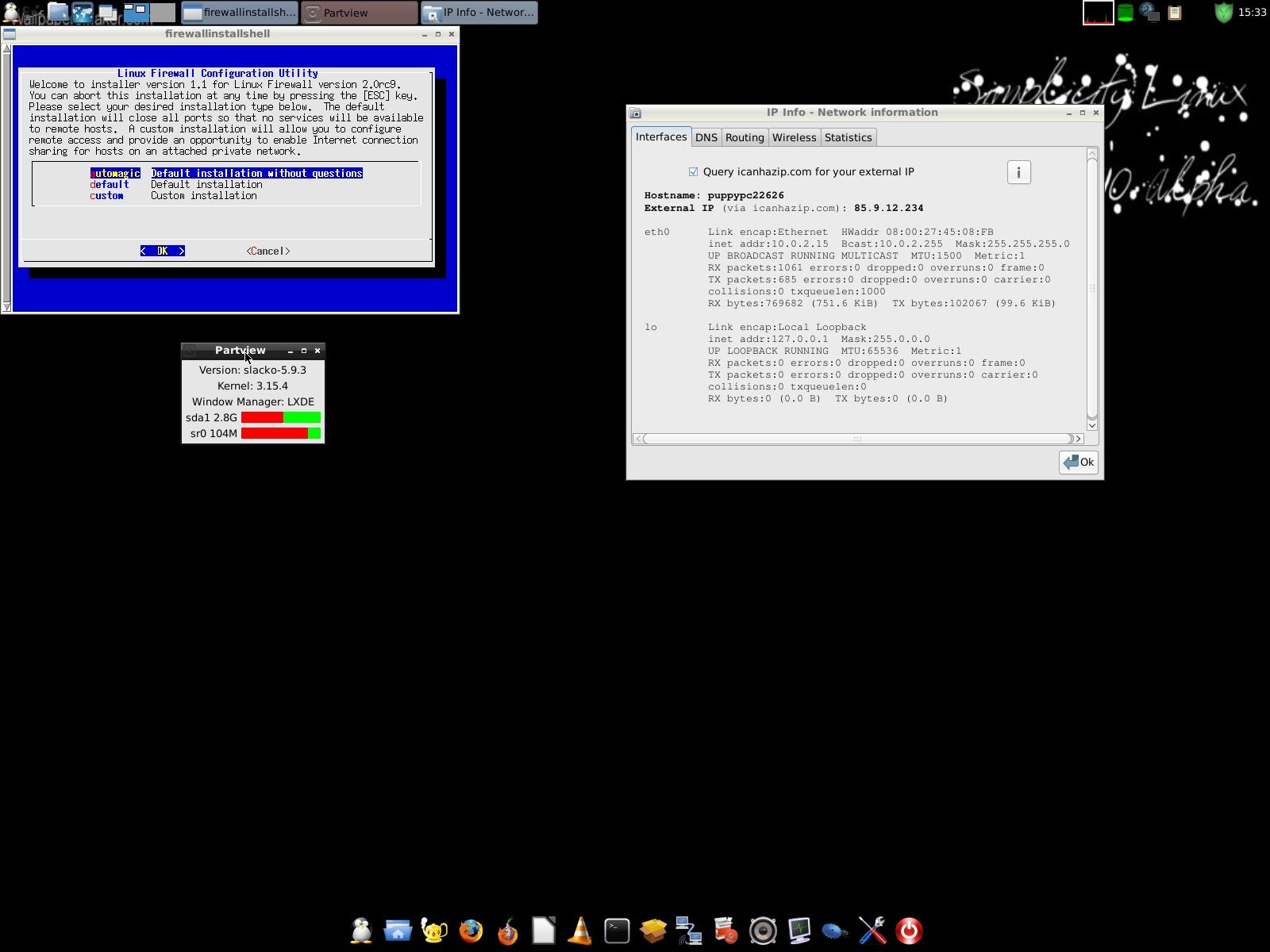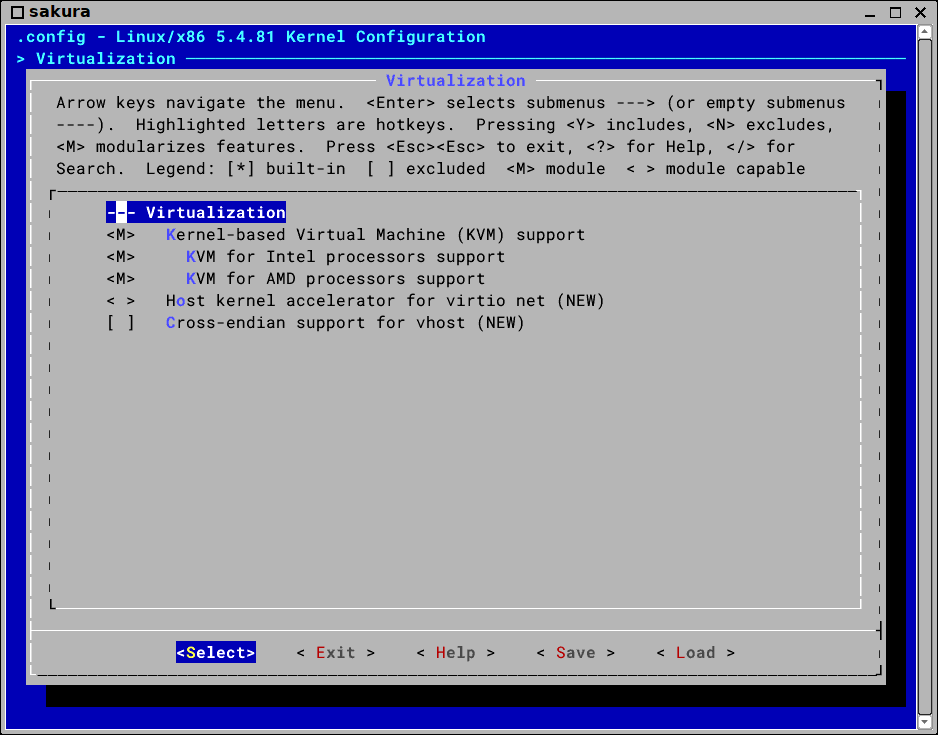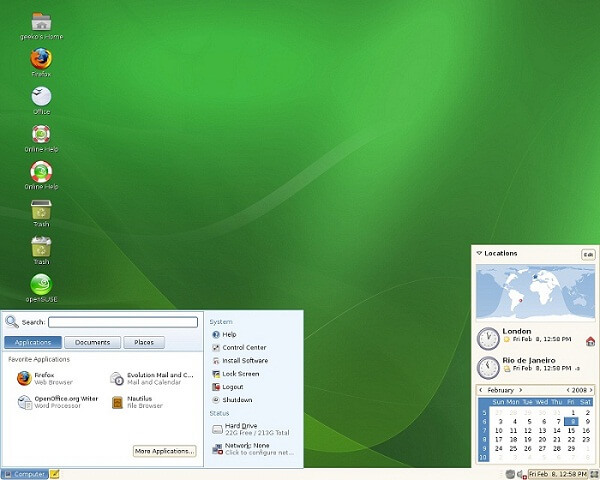

The ac option allows my Puppy (and I guess anyone else on my network) to send windows to my X server without having to explicitly give it permission using xhost. (The other downside is that it means I'm using the inferior Windows window manager - I guess I could always try the "party trick" of using an X wm to manage the windows windows as well ) although personally I know the command to start most things EDIT - you can use something like Lxpanel, although it requires a bit of configuration to make useful without being in the way. desktop menu files to provide a graphical way to start applications, that would be great. The downside of this is that I can't run a window manager to get the puppy menu - if anyone can suggest something that will use Puppy's. I like to run in multiwindow mode, so instead of having a virtual cygwin desktop, programs are all in normal Windows windows. if I set the DISPLAY variable to use my TAP server it doesn't seem any faster, so I presume it is still connecting through the SLIRP server. It is possible to use Slirp for your internet/network connection but a TAP connection to your X server, but I can't figure out how to do it in Puppy. We have internet connection sharing disabled here, so I can't use a faster TAP connection in the normal way. I can't figure out what script to put this in to make Puppy run it at startup, even though I can successfully get him to mount hard drives and stuff at boot.Ĭolinux connects to the X server over a fake ethernet connection, and Slirp (which I'm using) is just slow enough to be annoying.

You should be able to make this from Puppy or Cygwin, or I think also with native Windows tools: I can't figure out how to mount ext2 save files with the current version of Virtual Volumes, but you can use explore2fs for read-only access.

Made a file (512MB in this case) on C:\ drive to install Puppy in, kind of like a save file (If you have a puppy install on an ext2/ext3 partition you should be able to boot that instead, which would be better as you can install an ext2 filesystem driver to access it read/write from Windows (2000 or newer I think)).

Used the latest Colinux installer to get a Colinux kernel etc and network applications.ģ. Installed Cygwin and Cygwin/X (you could use Xming, which is supposed to be easier), so that I can run graphical applications.Ģ. This is what I did to run Puppy 4.1.1/Colinux:ġ. There are other distributions using Colinux, so this is hardly cutting edge, but the last report I saw of someone running Puppy/Colinux was a couple of years back (using a QEMU image), and people ask about it every now and then. If you don't know, Colinux is a way of running Linux at the same time as running Windows, without an emulator, so it should be a lot faster than something like QEMU (although I haven't tried kQEMU).


 0 kommentar(er)
0 kommentar(er)
